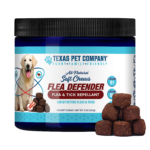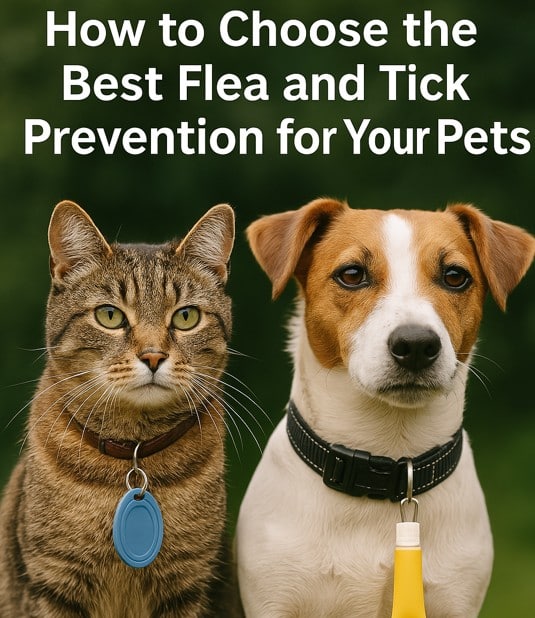Table of Contents
There are many flea and tick prevention products that can help in the fight. Some protect against fleas, or ticks only. Others offer protection against both. Some, in addition to fleas and ticks, add protection against other parasites, such as lice or mosquitoes. There are those that focus on immediately killing parasites already on your pet, but offer no long-term protection. Deciding which one works best for your pet comes down to your pet’s needs and your specific environment.
Your veterinarian will make a recommendation based on a number of factors: where you live, your dog’s health, and other pets and children in the household. This may sound complicated, but comes down to two actions: killing fleas and ticks on your pet right now and keeping fleas and ticks from attacking in the future.
Killing Fleas Right Now
If your pet has fleas right now, you can treat with medicated shampoos and sprays, or a quick kill pill that works within a few hours. Then proceed with preventatives.
Killing Ticks Right Now
If your pet has ticks, remove the ones that are attached. If you see one, check for other ticks that are crawling around or are attached somewhere else on your pet. Check your pet’s head and neck area very closely, as this seems to be a common spot for ticks to bite.
Keep Them From Coming Back – Preventatives
The second part of the fight against fleas and ticks is keeping them from coming back. These medications are called preventatives. One popular preventative approach is a topical medication that you put directly on your pet’s skin once a month.
Read the label. Not all topical medicines are created the same.
One product sold in stores for example works for dogs but is harmful for cats. You must know the difference to know which products you need for your pet and how to apply the product. One spreads protection by putting oils on the pet’s fur. To apply, pull back the fur and apply the product directly to the skin, starting with a spot on the neck and then one or two other spots down the back. Apply the liquid in spots where your pet is not likely to lick it off. In a couple of days the medication will spread and your pet will be protected all over his/her body.
The best time to apply the topical medication is at night, right before your pet goes to sleep and the kids are in bed. There are a few hours at that time for the liquid to start working before your pet rolls around or the kids start playing with them. Also, it is a good idea not to wash your pet for a couple of days before or after applying the medicine so the oils stay in the fur.
Other topicals are applied on the skin but are absorbed directly into your pet’s bloodstream. If you choose this method you need only apply the liquid in one spot, at the top of the shoulders or the back of the neck. After applying any topicals, wash your hands and don’t touch the wet spot.
Protective Collars are another way to keep fleas and ticks off your pet. You should change protective collars about every three months.
Sprays may be another choice. Read the directions on the bottle or can.
Talk to Your Veterinarian
Your veterinarian will customize a flea and tick prevention program that works best for your pet and your family where you live. Enjoy the season with parasite free, healthy pets!
These soft chews are an all-natural solution for flea and tick prevention for dog. They defend against fleas and ticks using natural ingredients. Enriched with Vitamins B1, B6, and B12. These vitamins not only help stimulate healthy growth but also support appetite and digestion.

Conclusion:
Selecting the best flea and tick prevention for your pet involves a careful balance between effectiveness, safety, and environmental responsibility. While traditional chemical treatments can be effective, they may pose risks to both your pet’s health and the environment. Natural alternatives, such as garlic-infused diets or pine tar sprays, offer gentler solutions but may require more frequent application and diligence. Products like Texas Pet Company’s Flea Defender Soft Chews combine natural ingredients with convenience, providing an easy-to-administer option that supports overall wellness. Ultimately, the best choice depends on your pet’s specific needs, sensitivities, and lifestyle. Consulting with your veterinarian can help determine the most suitable and effective treatment plan to keep your furry friend protected year-round.
Source: Olivia Fitz







